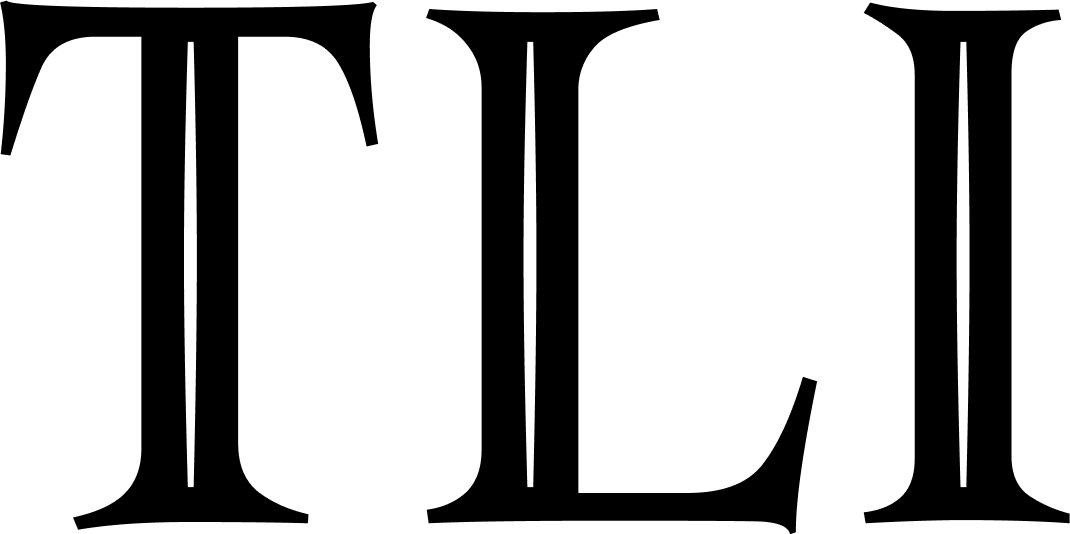MONROVIA – Liberia is among six countries participating in the 2025 International Wheelchair Basketball Federation (IWBF) U23 Men’s Africa Championship, taking place at the Mandeville Indoor Sports Center in Johannesburg, South Africa.
The championship officially kicked off on February 6, 2025, and will run until February 12, 2025.
The participating teams include hosts South Africa, DR Congo, Kenya, Liberia, Libya, and Egypt.
The tournament serves as the African qualifier for the 2025 IWBF U23 Men’s World Championship in São Paulo, Brazil, providing an opportunity for one team to secure a place on the world stage.
Organized by Wheelchair Basketball South Africa (WBSA), the event features a comprehensive program, including player eligibility testing, team classification, technical and coaching workshops, and a competitive schedule culminating in the semi-finals, playoffs, and finals.
This tournament marks Liberia’s first-ever international appearance in wheelchair basketball, representing a milestone for the growth of the sport under the leadership of Ambassador Lionel Johnson.
Before the team’s departure, Ambassador Johnson praised the government of Liberia, through the Ministry of Youth and Sports, for underwriting the cost of travel. He described Liberia’s participation in the tournament as a new beginning and a significant opportunity for young people with physical challenges.
Wheelchair basketball is a dynamic sport played by athletes with physical disabilities, using wheelchairs to maneuver across the court while chasing the ball. Each team consists of five players on the court at a time, with a maximum roster of 12 players. The objective is to score more points than the opposing team by the end of the game, which consists of four 10-minute periods. If the game is tied at the end of regulation time, extra periods are played to determine the winner.
Wheelchair basketball is a featured event in the Paralympics and follows similar rules to standing basketball, with some key adaptations for wheelchair use. The basket height, foul line, and three-point line remain the same as in standing basketball.









Discussion about this post